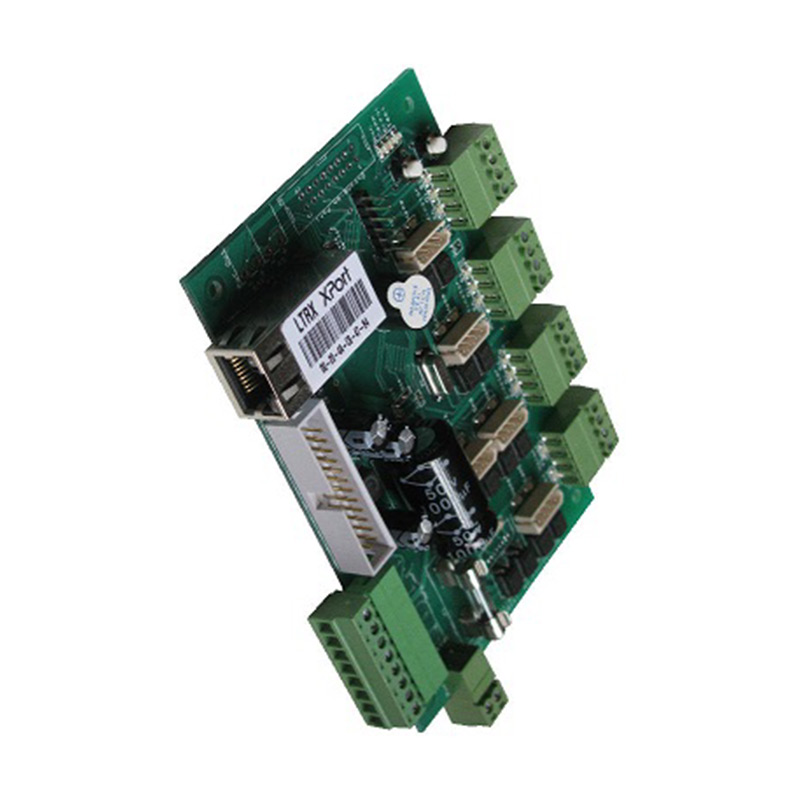

The Allure of Patterned Glass A Timeless Aesthetic
Patterned glass has emerged as an influential element in modern design, offering a unique blend of functionality and visual appeal. This versatile material has captivated architects, designers, and homeowners alike, proving itself to be more than just a practical choice; it is also a powerful artistic medium. The interplay of light, texture, and color in patterned glass creates a dynamic experience that enhances any environment.
Historically, glassmaking dates back thousands of years, with patterns often applied to enhance its beauty and complexity. From ancient Roman mosaics to the intricate stained glass of Gothic cathedrals, humans have been fascinated by the potential of glass to convey both light and emotion. In contemporary design, patterned glass is utilized in various applications, ranging from windows and partitions to furniture and decorative elements.
One of the most captivating aspects of patterned glass is its ability to interact with light. Depending on the design and texture, patterned glass can diffuse light beautifully, creating stunning visual effects. Textured surfaces can scatter light in multiple directions, softening the brightness and reducing glare, making them ideal for spaces that require privacy without sacrificing natural light. This capability of patterned glass allows designers to create serene environments that maintain a sense of openness.
Furthermore, the design of patterned glass can vary significantly, reflecting diverse cultural backgrounds and artistic movements. Whether it’s the geometric patterns of Art Deco, the organic lines of Art Nouveau, or contemporary minimalist designs, patterned glass can be adapted to suit a wide variety of aesthetics. This adaptability allows it to fit seamlessly into different contexts, whether in a modern office building, a residential home, or a historic restoration.

Incorporating patterned glass into your space goes beyond aesthetics; it also offers practical benefits. For instance, patterned glass can serve as a barrier while still allowing visibility, making it ideal for office partitions. It can also be used in places like bathrooms and bedrooms, where privacy is necessary. The variety of textures in patterned glass can add an artistic touch, transforming mundane clear glass surfaces into striking features.
Moreover, sustainability is becoming an increasingly important factor in design. Many manufacturers are now producing patterned glass using eco-friendly methods and materials, aligning with the growing trend for more sustainable living. This focus not only reduces environmental impact but also supports the idea that beauty and responsibility can coexist in design.
Patterned glass is widely celebrated in architecture, where it is often used to create stunning facades or atriums. The play of light across its surface can enhance the visual experience of a building, providing a constantly changing view as the time of day shifts. This characteristic dynamic nature introduces an element of surprise and delight into even the most mundane environments.
In conclusion, patterned glass stands as a testament to the enduring appeal of combining artistry with functionality. Its ability to enhance light and space, coupled with a rich history of cultural significance, makes it a material of choice in contemporary design. As architects and designers continue to explore innovative uses for patterned glass, its role in shaping environments will only become more pronounced. Whether through the shimmering elegance of a patterned glass facade or the intimate warmth of textured bathroom panels, this remarkable material will undoubtedly remain a staple of aesthetic and practical design for years to come.